Introduction
A theory, in the context of scientific inquiry and research, is a systematically organized set of concepts, explanations, and propositions that describe and predict phenomena. At its core, a theory establishes relationships between constructs to provide a framework for understanding how and why certain events or behaviors occur. In this explanation, we will delve into the nature of constructs, the role of theories in explaining phenomena, and how the relationships between constructs form the foundation of theoretical frameworks.
What is a Construct?
A construct is an abstract concept or idea that is specifically chosen or created to explain a given phenomenon. Constructs are the building blocks of theories; they are not directly observable but are inferred from measurable behaviors or outcomes. Examples of constructs include intelligence, motivation, anxiety, and socioeconomic status.
- Abstract Nature: Constructs represent intangible ideas that cannot be directly measured. For instance, “intelligence” cannot be observed directly but can be assessed through IQ tests or problem-solving tasks.
- Operationalization: To study constructs scientifically, researchers define them operationally by specifying how they will be measured or observed. This process turns abstract concepts into measurable variables.
Understanding Theories
A theory is more than just a guess or a hypothesis; it is a well-substantiated explanation of some aspect of the natural or social world, based on a body of evidence and multiple tested hypotheses.
- Components of a Theory:
- Constructs: The fundamental concepts involved.
- Variables: Measurable representations of constructs.
- Propositions: Statements about the relationships between constructs.
- Purpose of Theories:
- Explanation: Theories aim to explain why phenomena occur by elucidating underlying mechanisms.
- Prediction: They provide a basis for predicting future occurrences or behaviors under specified conditions.
- Understanding Relationships: Theories identify and describe the relationships between different constructs.
Relationship Between Constructs in Theories
The crux of a theory lies in how it relates constructs to explain or predict phenomena. These relationships are established through propositions or hypotheses that articulate how one construct affects or is associated with another.
- Causal Relationships: Theories often propose that one construct causes changes in another. For example, increased stress (construct A) leads to higher levels of anxiety (construct B).
- Correlational Relationships: Sometimes, theories suggest that constructs are related without implying causation. For instance, there is a correlation between socioeconomic status (construct A) and educational attainment (construct B).
- Mediating and Moderating Variables:
- Mediators: Explain the mechanism through which one construct affects another.
- Moderators: Influence the strength or direction of the relationship between constructs.
Predicting and Explaining Phenomena
- Explanation: Theories provide explanations by outlining how constructs interact to produce observable outcomes. For instance, the Theory of Planned Behavior explains how attitudes, subjective norms, and perceived behavioral control (constructs) influence an individual’s intention to perform a behavior.
- Prediction: By understanding the relationships between constructs, theories allow us to predict future events or behaviors. For example, in psychology, the Attachment Theory predicts that early attachment styles influence future relationship patterns.
Examples of Theories Relating Constructs to Phenomena
- Maslow’s Hierarchy of Needs:
- Constructs: Physiological needs, safety needs, love and belonging, esteem, self-actualization.
- Explanation: Individuals are motivated to fulfill basic needs before moving on to higher-level needs.
- Phenomenon: Human motivation and behavior.
- Einstein’s Theory of General Relativity:
- Constructs: Space-time, gravity.
- Explanation: Massive objects cause a distortion in space-time, which is perceived as gravity.
- Phenomenon: Gravitational effects on objects in the universe.
- Social Learning Theory:
- Constructs: Observational learning, imitation, modeling.
- Explanation: People learn behaviors by observing others and the consequences of those behaviors.
- Phenomenon: Acquisition of new behaviors and socialization.
Importance of Theoretical Relationships
- Advancement of Knowledge: Theories synthesize existing knowledge and guide future research by identifying gaps and proposing new relationships to be tested.
- Practical Application: Understanding the relationships between constructs allows for interventions, policy-making, and practical solutions to real-world problems.
- Framework for Research: Theories provide a foundation for formulating hypotheses, designing studies, and interpreting results.
Constructs vs. Variables
It’s important to distinguish between constructs and variables:
- Constructs: Abstract concepts that are part of a theory.
- Variables: Operationalized constructs that can be measured or manipulated in research.
For example, “intelligence” is a construct, while “IQ score” is a variable representing that construct.
Developing a Theory
The development of a theory involves several steps:
- Observation: Noticing patterns or phenomena that require explanation.
- Conceptualization: Defining constructs that are relevant to the phenomena.
- Proposition Formation: Establishing relationships between constructs.
- Testing: Empirically testing the proposed relationships through research.
- Refinement: Modifying the theory based on empirical findings.
Limitations and Evolution of Theories
- Tentative Nature: Theories are not absolute; they are subject to revision or rejection based on new evidence.
- Cultural and Contextual Factors: The applicability of a theory may vary across different cultures or contexts.
- Complexity of Phenomena: Human behavior and natural phenomena are often influenced by multiple interrelated constructs, making theories complex.
Conclusion
In essence, a theory serves as a bridge between abstract constructs and observable phenomena. By establishing relationships between constructs, theories provide coherent explanations and predictions that enhance our understanding of the world. They are indispensable tools in both science and social science for advancing knowledge, guiding research, and applying findings to address practical issues.
References for Further Reading
- “The Structure of Scientific Revolutions” by Thomas S. Kuhn: Explores how scientific theories change over time.
- “Philosophy of Science: A Very Short Introduction” by Samir Okasha: Provides insights into how scientific theories are developed and validated.
- Research Methodology Textbooks: For detailed explanations on constructs, variables, and the development of theoretical frameworks.
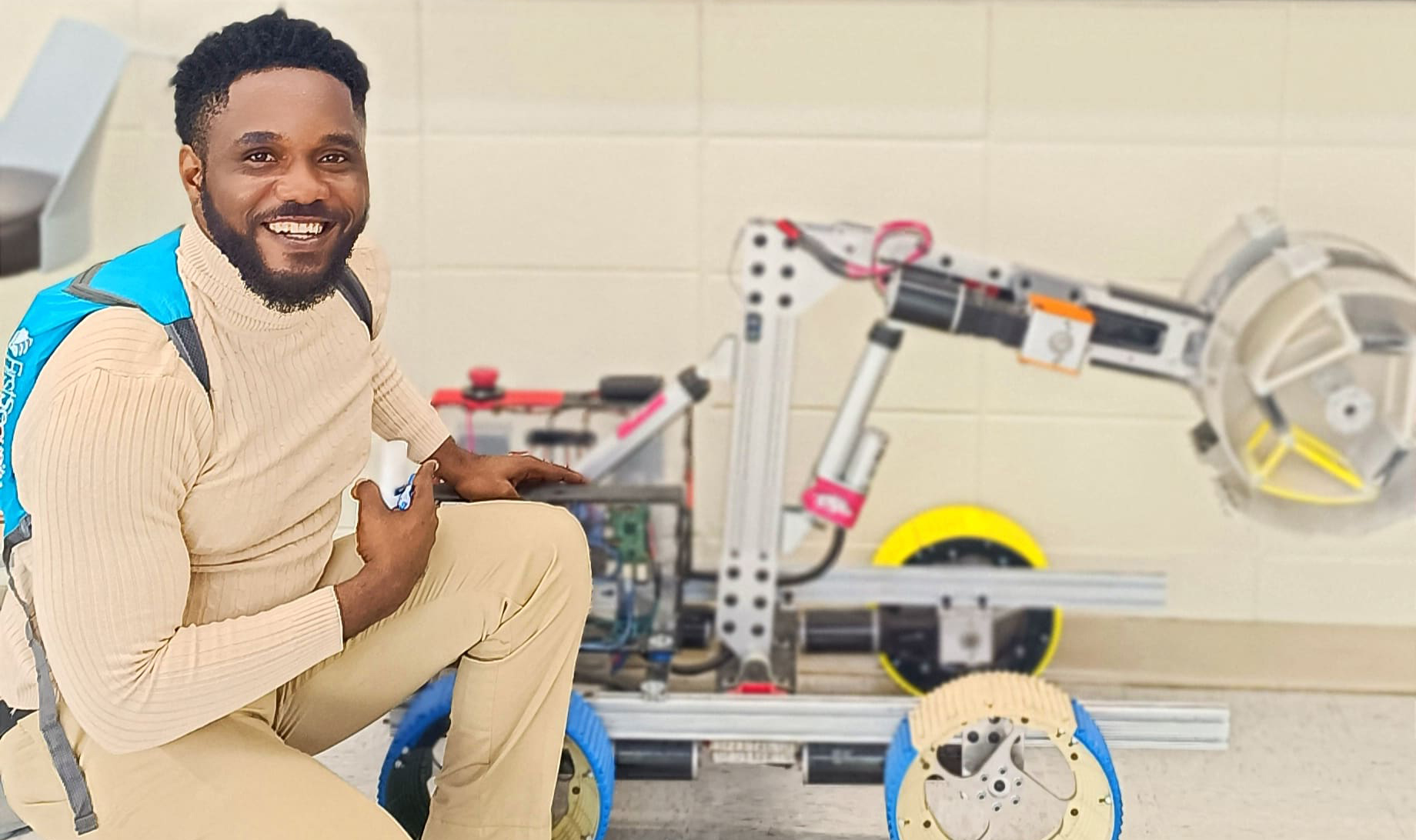

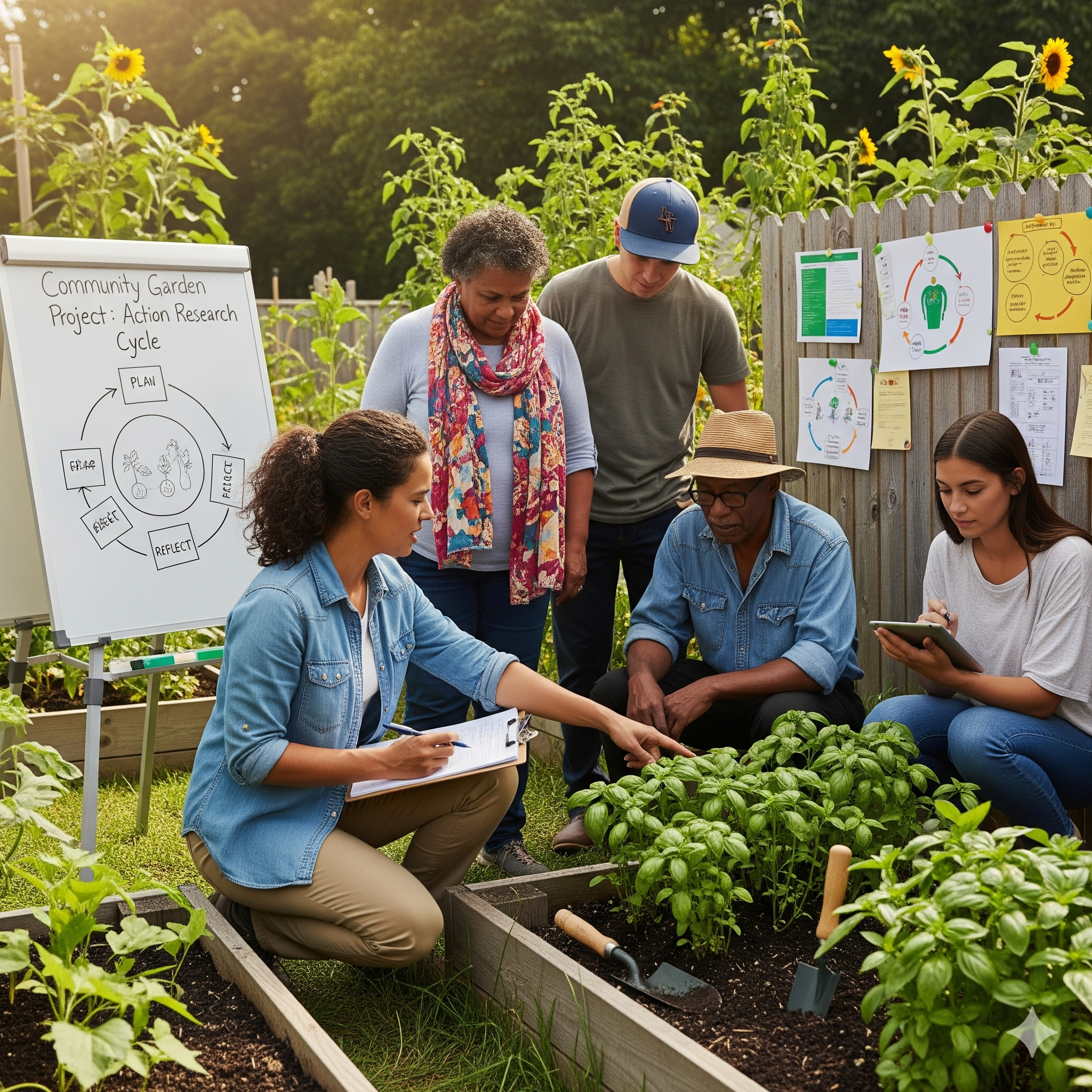


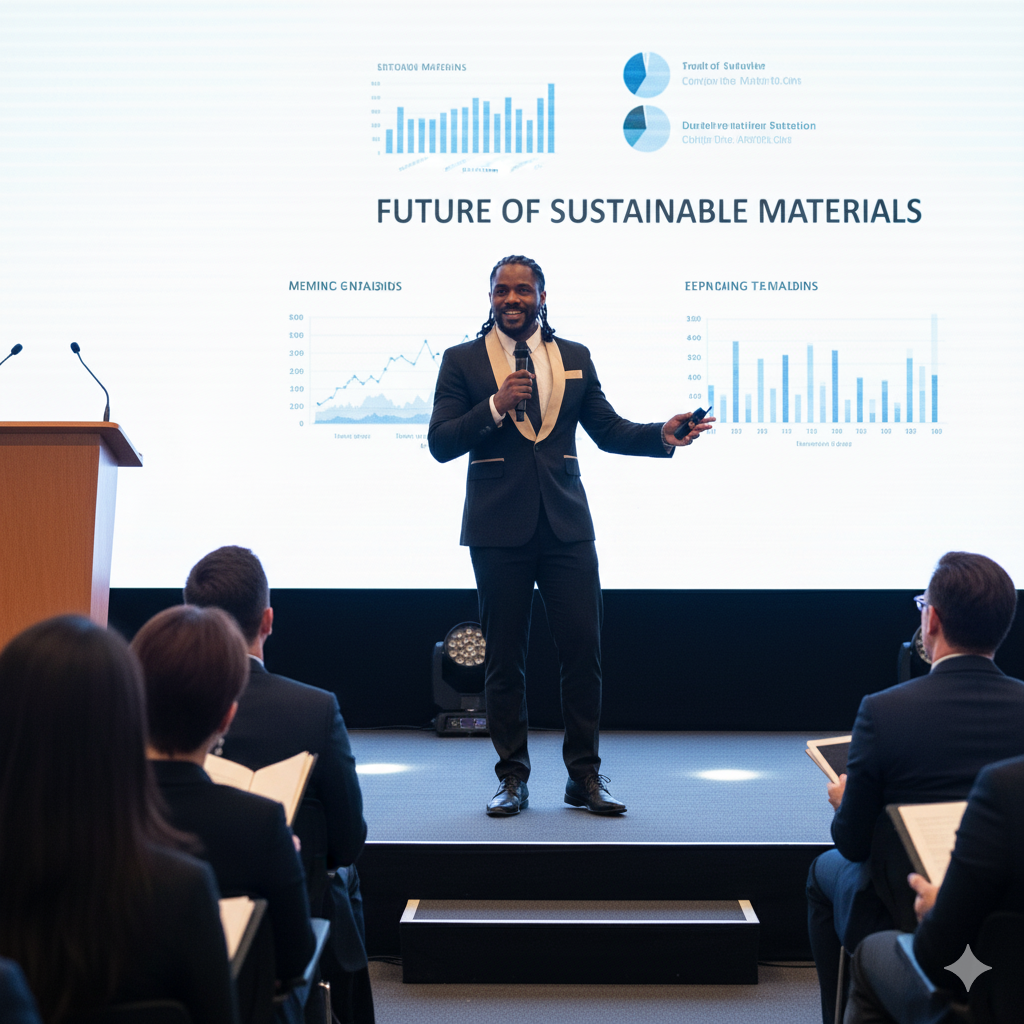
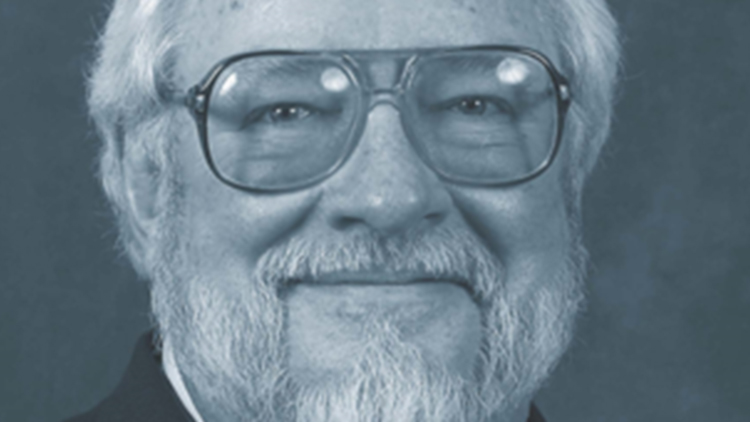
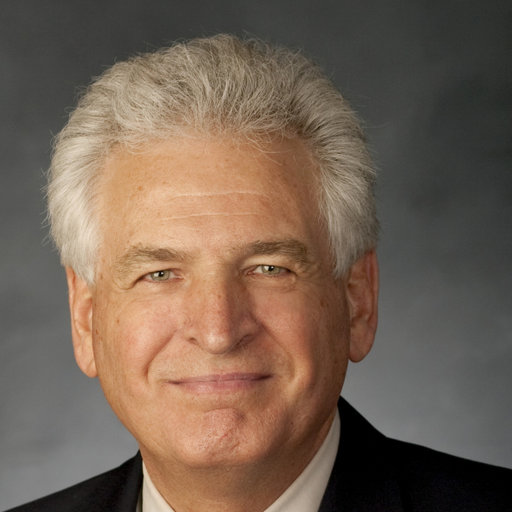


Leave a Reply